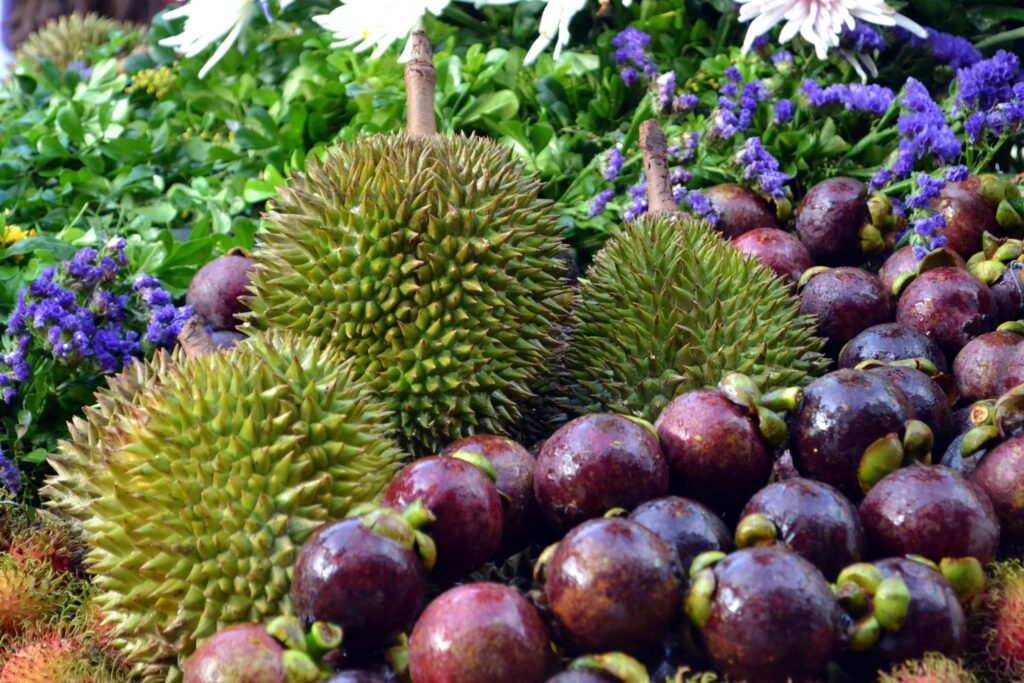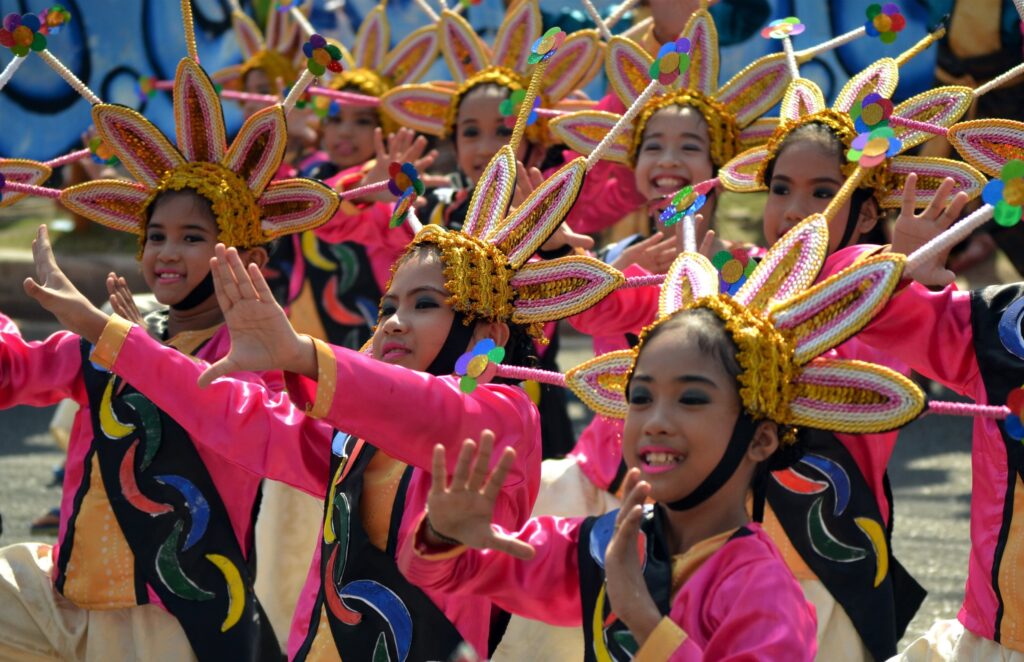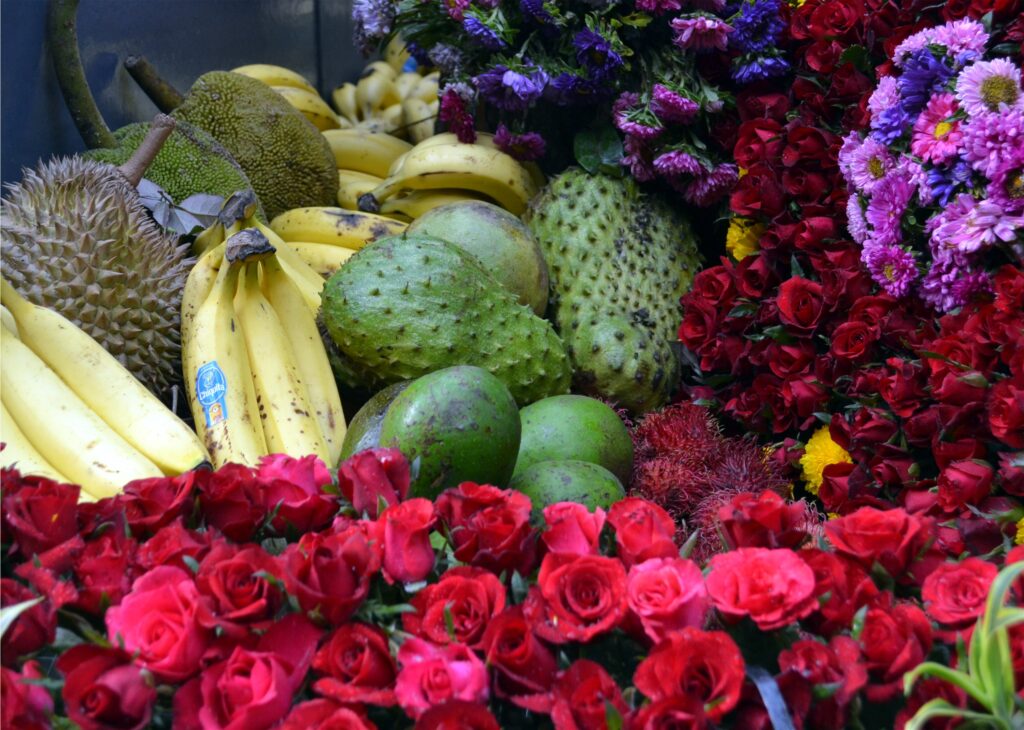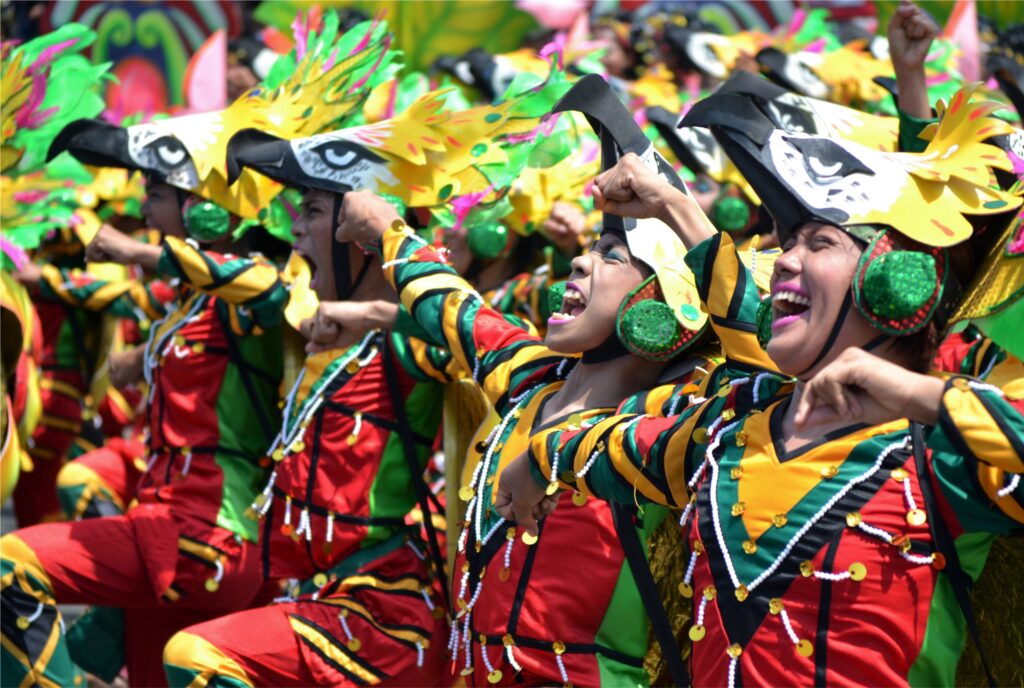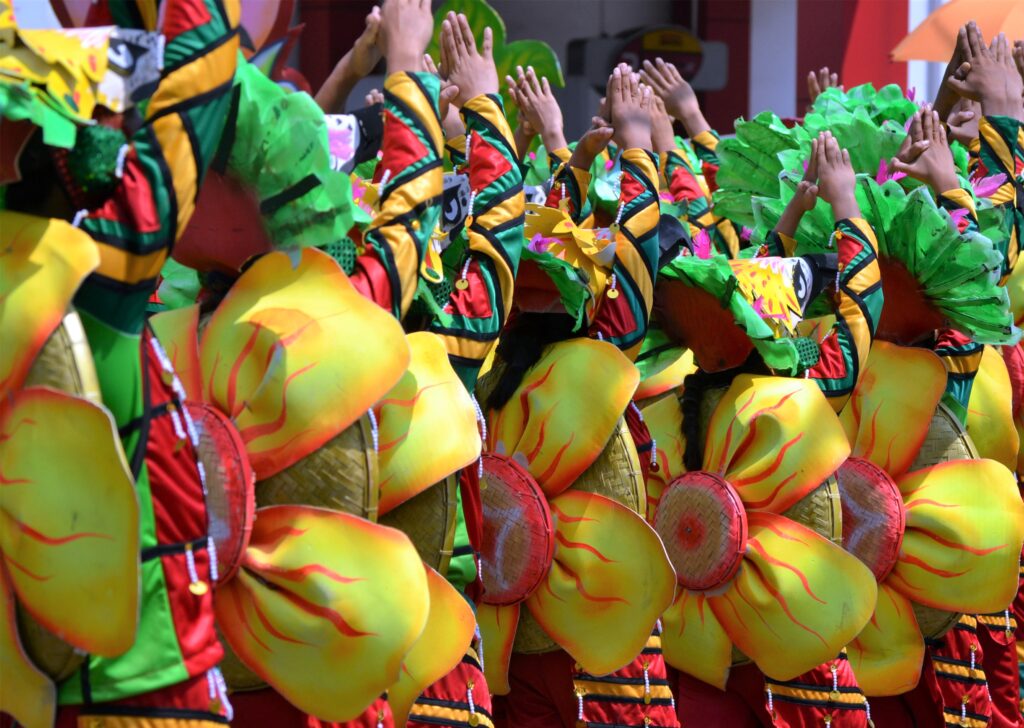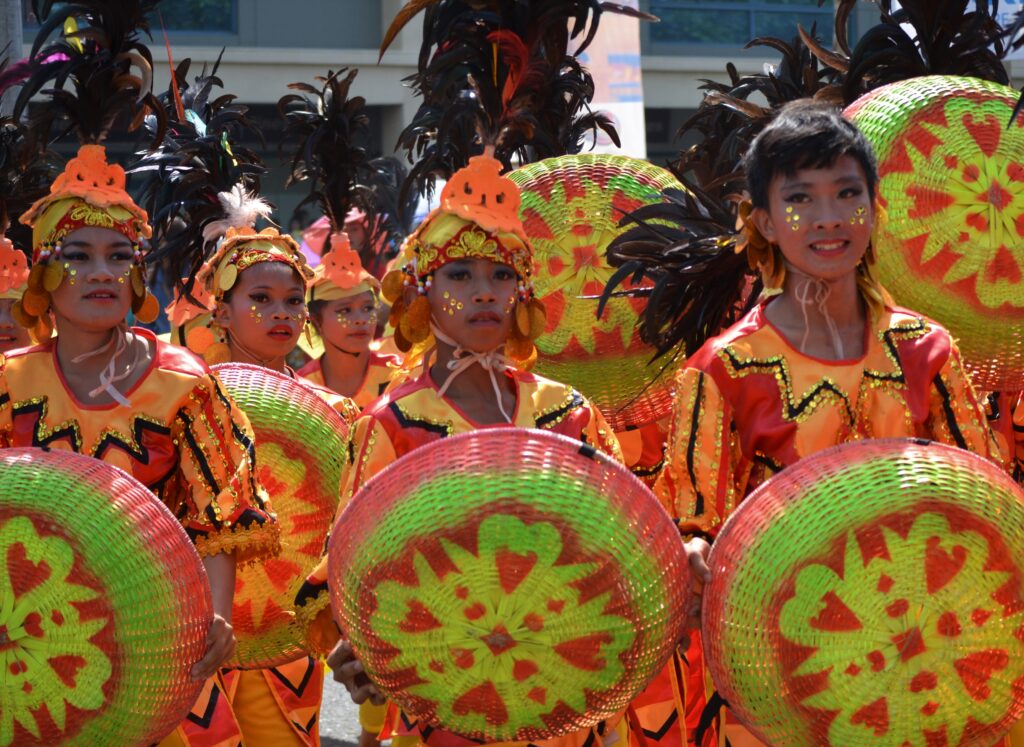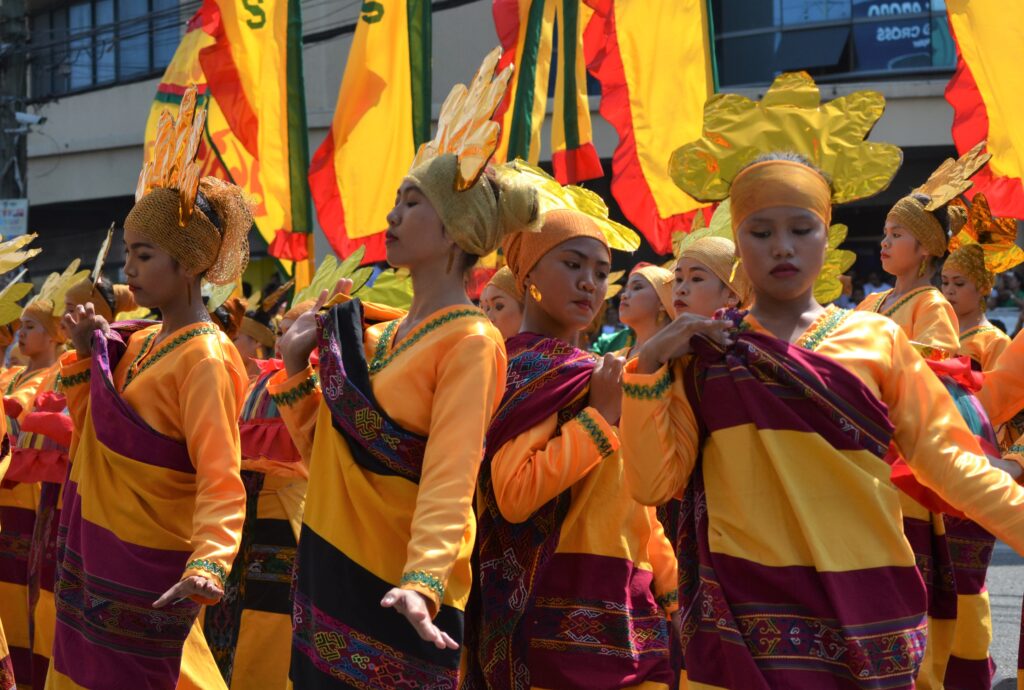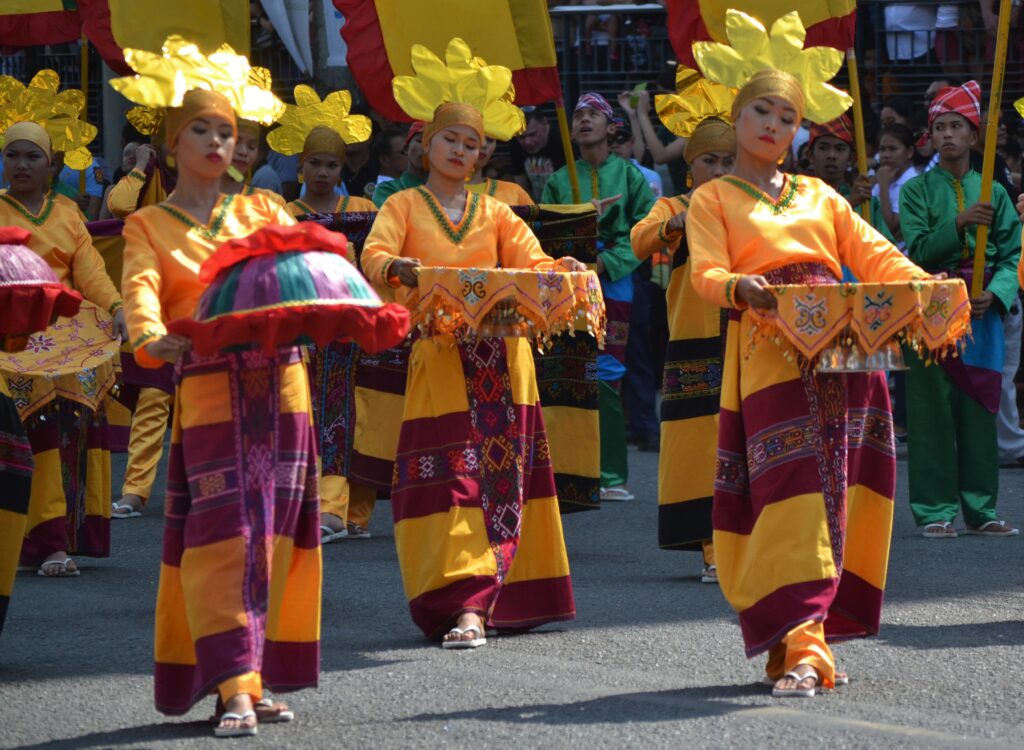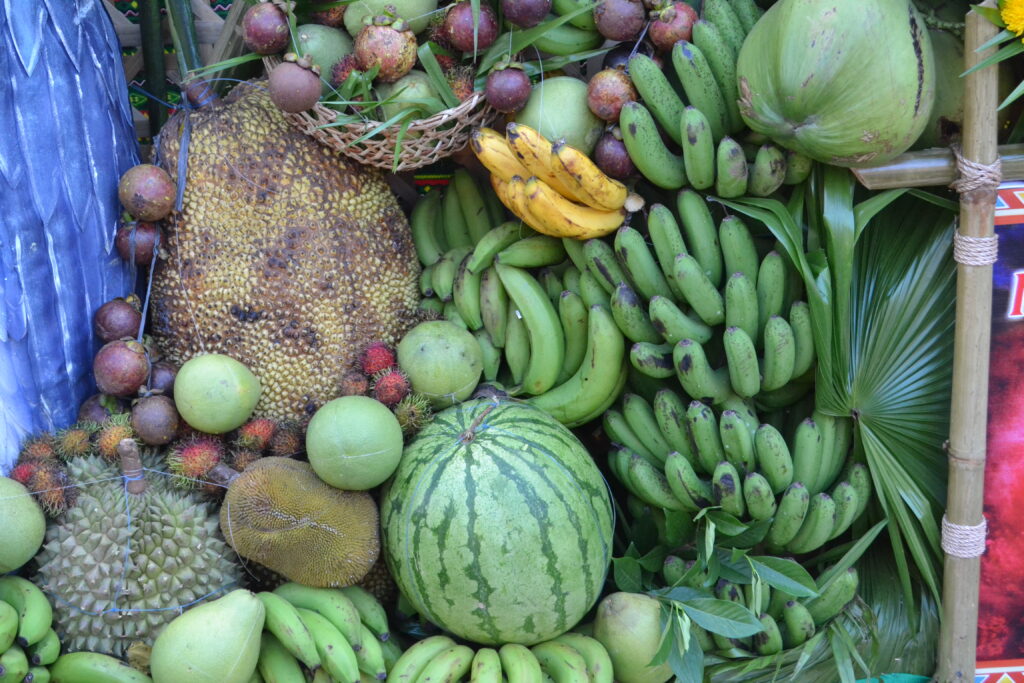Text and Photos by Henrylito D. Tacio
It’s August and for those living in Davao City, it means big merriment. This month, the city celebrates Kadayawan Sa Dabaw, touted to be the mother of all Mindanao festivals.
Now in its 38th year, the official festivity started last August 10 and will culminate on August 20.
The streets are filled again with various exotic fruits, particularly the controversial durian and the mouth-watering mangosteen. On the weekend of the celebration, the streets will be filled with people watching street dancing and floral float parade.
Several activities have already been done and participated. But it will still be this coming Saturday that the most anticipated Indak-Indak sa Kadalanan will be held. Unlike in the past, the street dancing will be done in the afternoon.
For the Davao City School-Based Category, there are six contingents. These are: Apo Duwaling Dance Company of the Mabini National High School, Tribung Lacson Performing Arts and Ensemble of Lacon Integrated School, Sining Sayon Dawet Cultural Ensemble of Davao City National High School, Hinugyaw Dance Performing Arts of Don Enrique Bustamante National High School, Sining Mananayaw Ensemble of Catalunan Pequeno National High School, and the Performing Arts Company of Lapu-Lapu Elementary School.
There are entries of the Open Category, or those contingents outside of Davao City. Four come from Davao Oriental: Caraga Matimawa of Caraga National High School (from Caraga), Tribu Maganahay Matiao National High School (from Mati City), Banayan Performing Arts (from Banaybanay), Rise and Shine Caraga of San Luis National High School (also from Caraga).
Davao del Norte has two entries: Madyaw Samalikha Cultural Dance Troupe (from Island Garden City of Samal) and Asuncion National High School Performing Arts Guild (from Asuncion).
There’s a lone entry from Davao de Oro: Indak Elizalde Performing Arts Guild of Elizalde National High School (from Maco).
Entries outside of Davao Region are as follows: Tribung Balovebagueño (from Balabagan, Lanao del Sur), Agusan del Sur Artists’ Guild (from Agusan del Sur), Landan National High School Performing Arts Group (from Polomolok, South Cotabato), Kalingawan Dance Troupe (from Sto. Niño, South Cotabato), Gagandilan Akbar Performing Arts Guild (from Akbar, Basilan), and Sindac Anib Performing Arts Guild (from Bislig, Surigao del Sur).
“The Indak-Indak sa Kadalanan is wildly popular because of the distinctively Mindanaoan beat and costumes,” one visitor commented. “Several tourists come to Davao to watch hundreds of people dancing with vigor in the streets, clad in their native attire and carrying extravagant props that would give Hollywood studios a serious run for their money.”
On Sunday, the Pamulak sa Kadayawan will be held. It is a sight to behold as it is patterned after the Pasadena Parade of Roses in the United States – where flowers and fruits are set in colorful floats by business establishments, community assemblies and peoples’ organizations as they promenade on the streets symbolizing all the bounty sustainably enjoyed by the city’s residents.
This year, the Daku Category will have nine entries competing against each other while 13 contingents will vie in the Gamay Category. In the Non-Competing Category, 14 entries will showcase their floral floats.
Perhaps not too many know that the festivity actually started in the 1970’s when then Mayor Elias B. Lopez initiated tribal festivals featuring the lumad (native) and the Muslim tribes of Davao City where they showcase their dances and rituals of thanksgiving. It was then called “Apo Duwaling,” in honor of the three royalties for which Davao is famous for: Mount Apo, durian, and waling-waling.
In 1988, Mayor Rodrigo Duterte renamed “Apo Duwaling” to “Kadayawan sa Dabaw.” Kadayawan is derived from the friendly greeting “Madayaw,” a term taken from a Dabawenyo word dayaw which means “good,” “valuable,” “superior” or “something that brings good fortune.”
“I consider Kadayawan as the festival of festivals since it has the most number of cultural activities compared to other festivals in the country,” commented the late Serapion Metilla, who is from Manila and has seen the festival several times. “For example, there’s dancing in the streets, the floral float parade, horse fight, durian festival, cultural minorities encounter, flower and garden shows, and many other activities which other parts of the country could not show.” — ###
